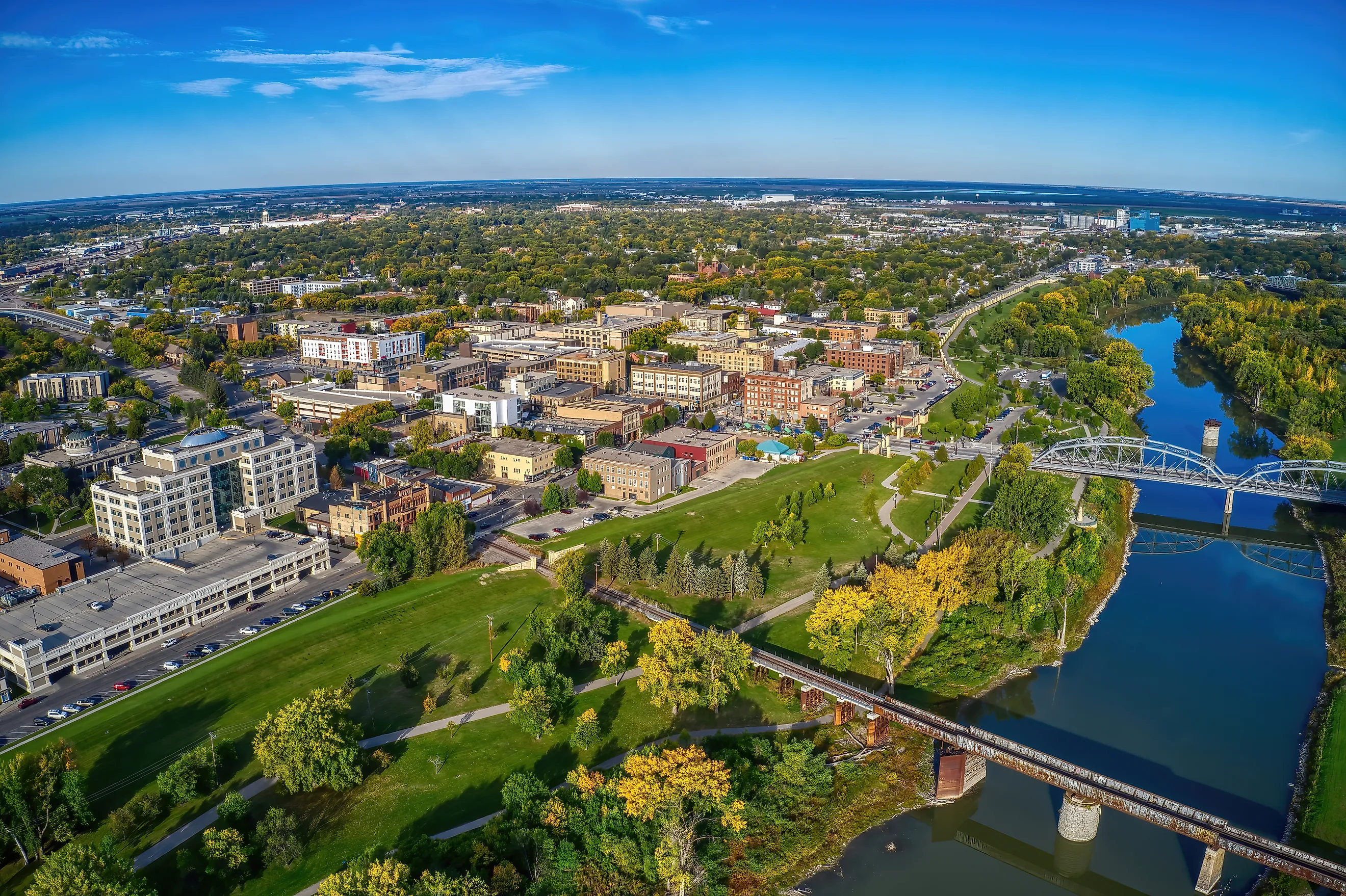24/7 Helpline:
(866) 899-221924/7 Helpline:
(866) 899-2219
Learn more about Opioid Rehab centers in Flasher

Other Insurance Options

Optum

CareSource

United Health Care

Ambetter

MVP Healthcare

Optima

Ceridian

Excellus

WellCare Health Plans

Sutter

Highmark

Multiplan

GEHA

Medical Mutual of Ohio

Horizon Healthcare Service

Absolute Total Care

Health Partners

Magellan

Magellan Health

Premera












